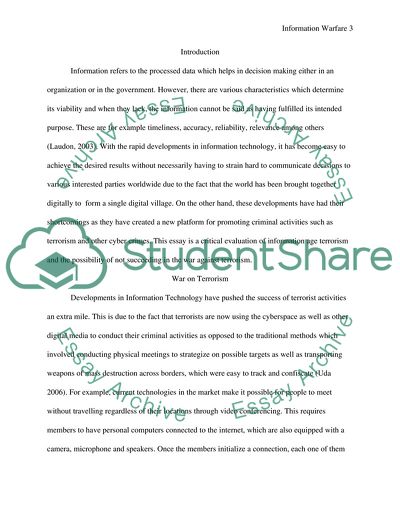Cite this document
(Social Networks Link Terrorists Essay Example | Topics and Well Written Essays - 2012 words, n.d.)
Social Networks Link Terrorists Essay Example | Topics and Well Written Essays - 2012 words. Retrieved from https://studentshare.org/information-technology/1742094-information-warfare
Social Networks Link Terrorists Essay Example | Topics and Well Written Essays - 2012 words. Retrieved from https://studentshare.org/information-technology/1742094-information-warfare
(Social Networks Link Terrorists Essay Example | Topics and Well Written Essays - 2012 Words)
Social Networks Link Terrorists Essay Example | Topics and Well Written Essays - 2012 Words. https://studentshare.org/information-technology/1742094-information-warfare.
Social Networks Link Terrorists Essay Example | Topics and Well Written Essays - 2012 Words. https://studentshare.org/information-technology/1742094-information-warfare.
“Social Networks Link Terrorists Essay Example | Topics and Well Written Essays - 2012 Words”. https://studentshare.org/information-technology/1742094-information-warfare.


